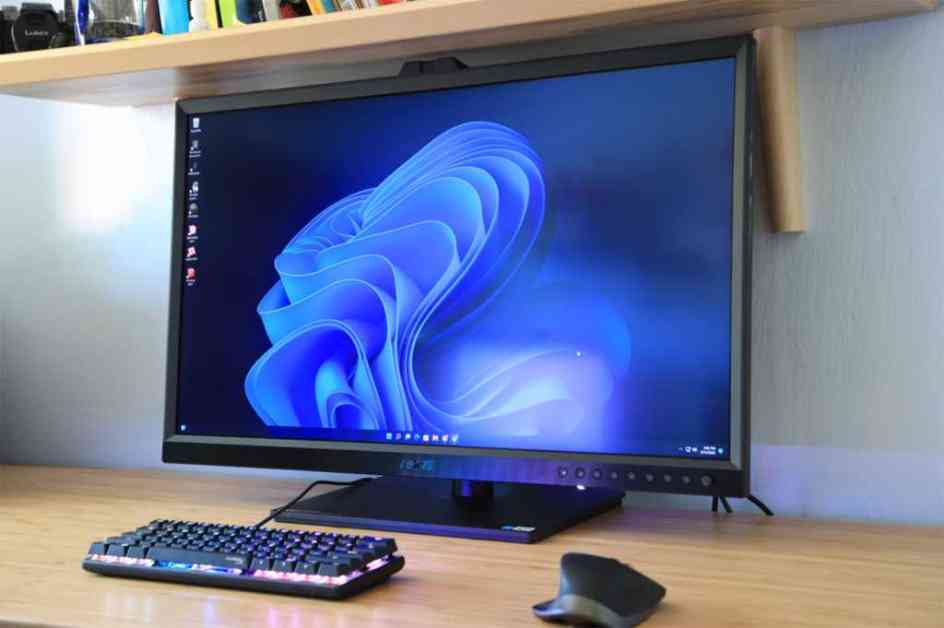OLED monitors are highly sought after due to their superior display technology. While OLED screens are commonly found in phones, they are becoming more prevalent in TVs, laptops, and tablets. However, the main drawback of OLED monitors is their high cost.
TCL, a leading technology company, recently announced a new manufacturing process for OLED displays that addresses some of these issues. During the Omdia Korea Display Conference, TCL’s Chief of the Technology Planning Center discussed the company’s new “inkjet-printed” OLED display technology. This innovative manufacturing process offers several benefits, including a 50 percent reduction in light loss, lower energy consumption, extended lifespan, and a 20 percent decrease in manufacturing costs.
At the conference, TCL showcased prototype versions of these new OLED panels, such as an 8K OLED TV, a 14-inch laptop screen, and a 31-inch “dome-shaped OLED” with 4K resolution. The company plans to commence limited production using this new technique by the end of the year, with a focus on introducing “medium-sized OLED displays” for new products by 2025, including OLED laptop panels and monitors.
The inkjet printing method for OLED displays has been gaining attention as it offers significant advantages over traditional manufacturing processes. By expanding the use of inkjet printing to deposit emitters and other stack materials, manufacturers can achieve greater efficiency and cost savings. This advancement is expected to increase competition in the OLED market, providing consumers with more options at lower prices.
With TCL entering the OLED display market with its new technology, other manufacturers like Dell, Asus, and Corsair are likely considering their options for incorporating OLED panels into their products. This increased competition and innovation in the OLED space could lead to a wider range of choices for consumers, including more affordable monitor options.
In conclusion, the introduction of TCL’s inkjet-printed OLED display technology is a significant development that is poised to shake up the OLED market and benefit consumers. As more companies adopt this new manufacturing process, we can expect to see a greater variety of OLED monitors and laptops available at more competitive prices in the near future.











